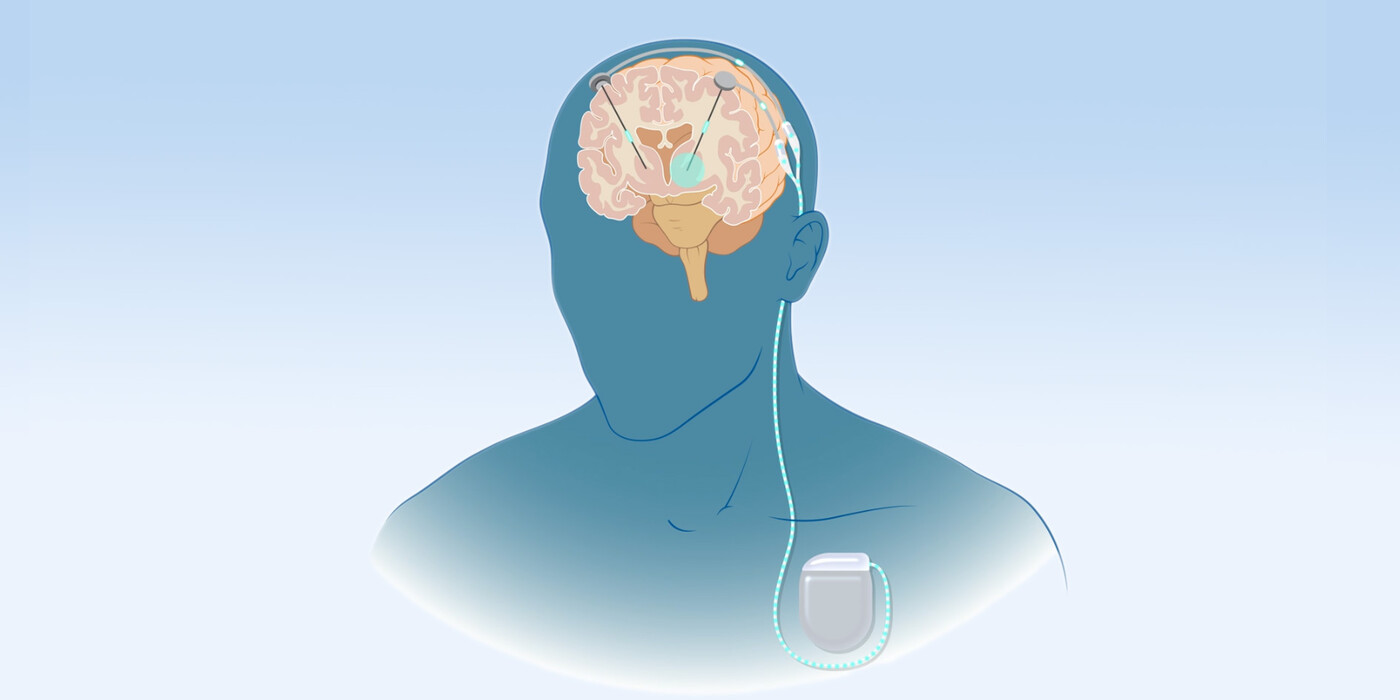For over four decades, Stan Nicholas was a fixture on weekends, strumming his guitar at motorcycle rallies and festivals around Cleveland.
However, his musical journey abruptly halted in 2017 when a stroke left him unable to get back up after losing his balance while preparing dinner.
The 66-year-old became part of a pioneering study aiming to restore his body’s function using a device implanted in his brain and chest, detailed in a study published Monday in Nature Medicine.
The results, if replicated, offer hope for many stroke survivors facing disability.
Following the stroke, Nicholas underwent months of physical therapy but struggled to regain full mobility. Despite initial progress, movement on his left side remained challenging due to damage from a blocked brain artery.
Dr. Andre Machado, a neurosurgeon at the Cleveland Clinic who treated Nicholas, described the situation as stagnant after initial improvements.
To innovate potential solutions, Machado explored deep brain stimulation, a technology involving electrode implants in specific brain areas to regulate abnormal impulses.

Instead of targeting the stroke-affected brain region directly, Machado opted to stimulate the cerebellum’s dentate nucleus.
This approach aimed to leverage the nucleus’s connectivity to potentially enhance brain function, including areas damaged by the stroke.
Nicholas, after extensive screening and consultations, volunteered for the experimental procedure.
Despite initial fears and the inherent risks of surgery, including the possibility of worsening his condition, Nicholas proceeded with optimism.
Post-surgery, Nicholas woke up relieved and gradually noticed improvements as the deep brain stimulation system was activated.
Over months of continued therapy, he regained movement in his left hand and arm, facilitating easier daily tasks and enhancing his independence.
Reflecting on his progress, Nicholas estimated a significant improvement, crediting the surgery for enabling him to live independently again.
Machado, impressed by Nicholas’s recovery, highlighted the practical impact on daily life and expressed optimism about the broader potential of deep brain stimulation combined with therapy.
Machado envisions this approach evolving from a hopeful prospect to a standard treatment for stroke recovery in the future, potentially benefiting numerous patients worldwide.
